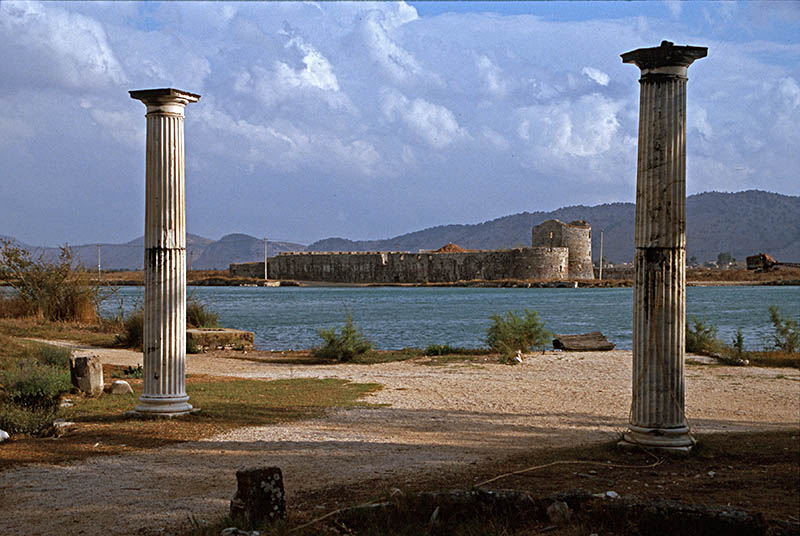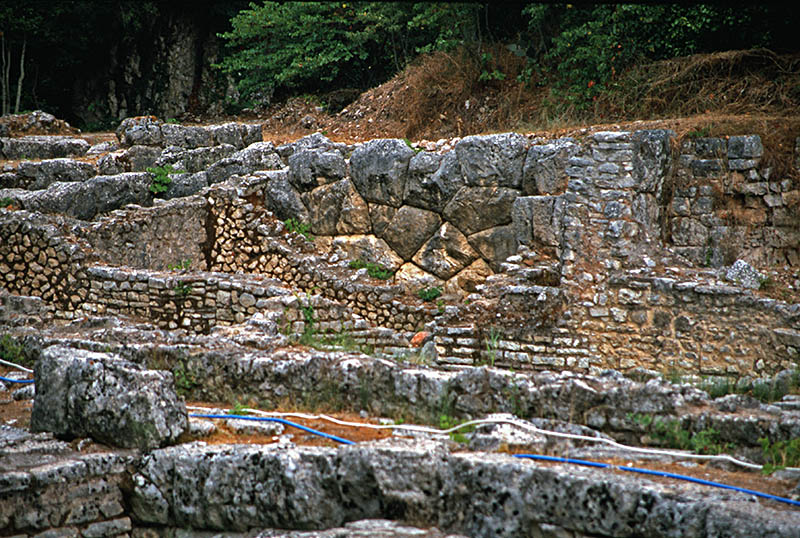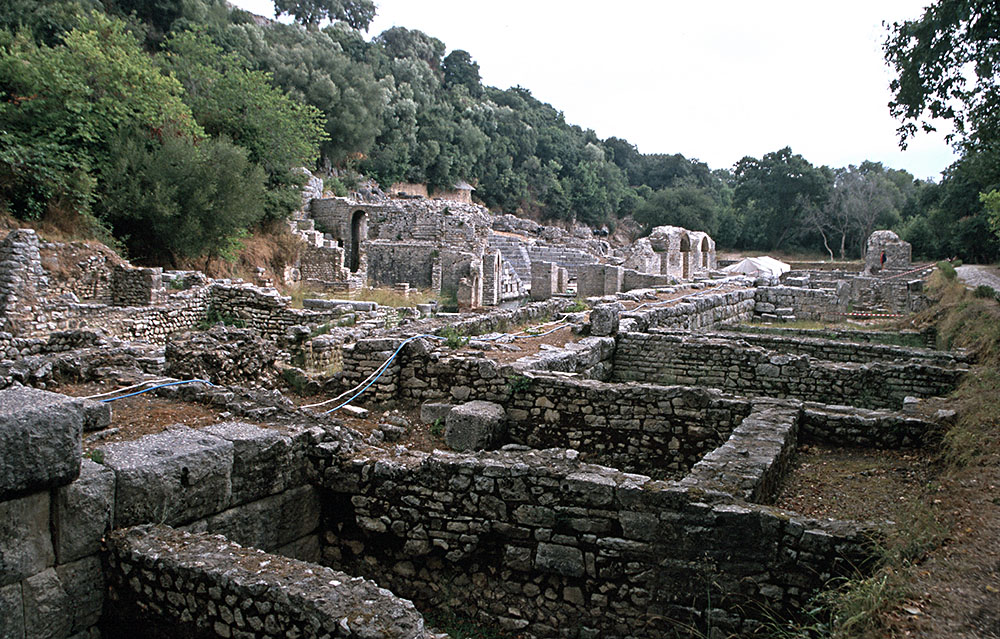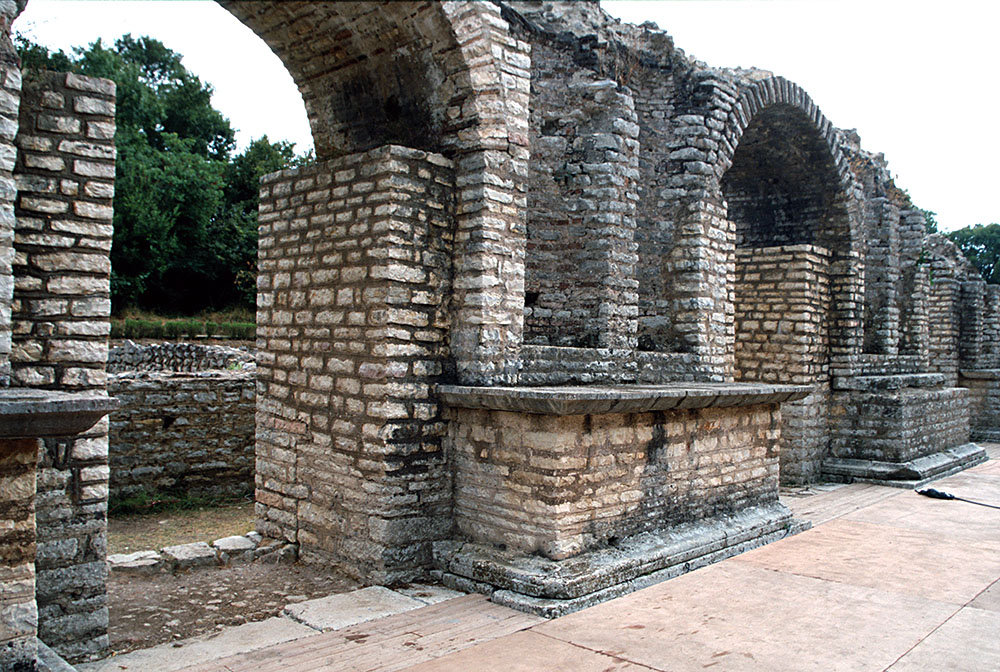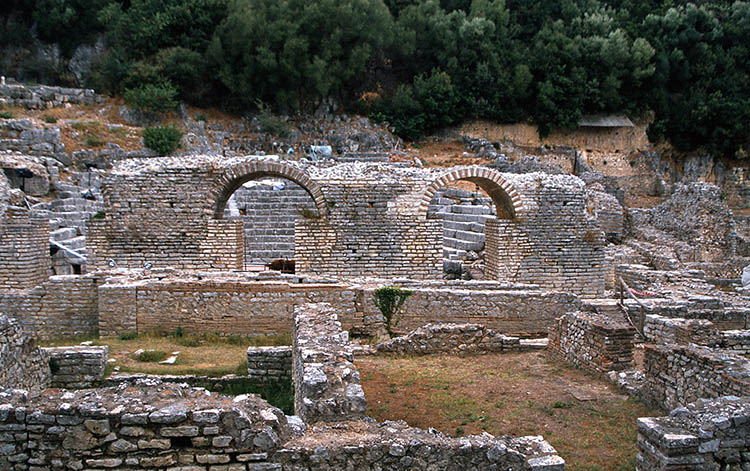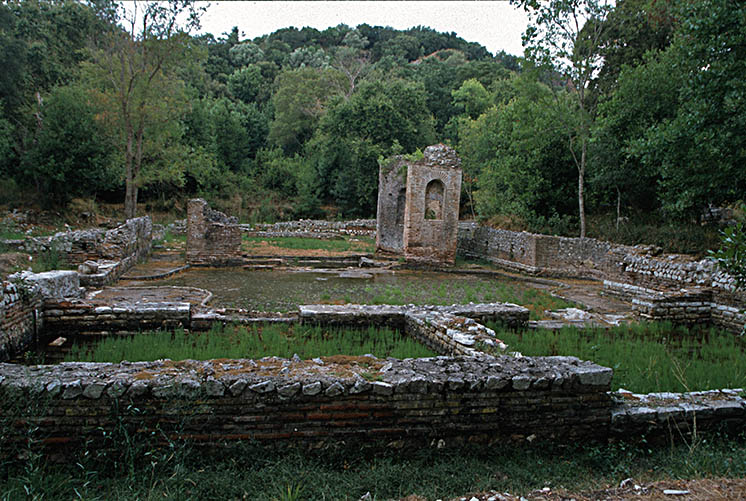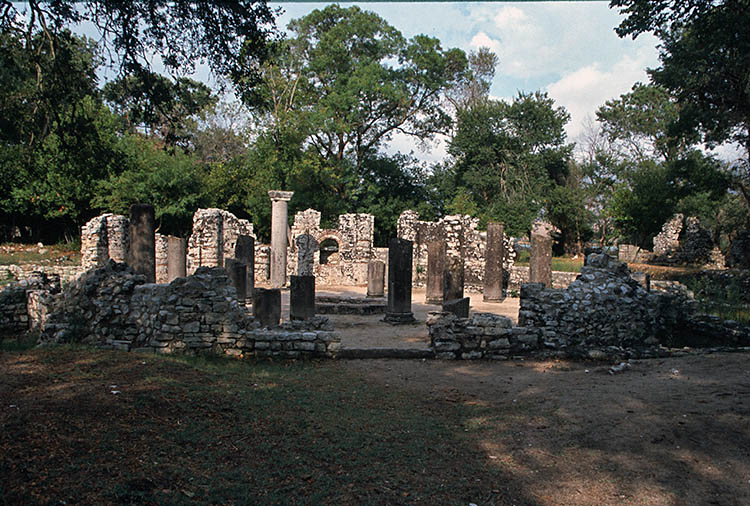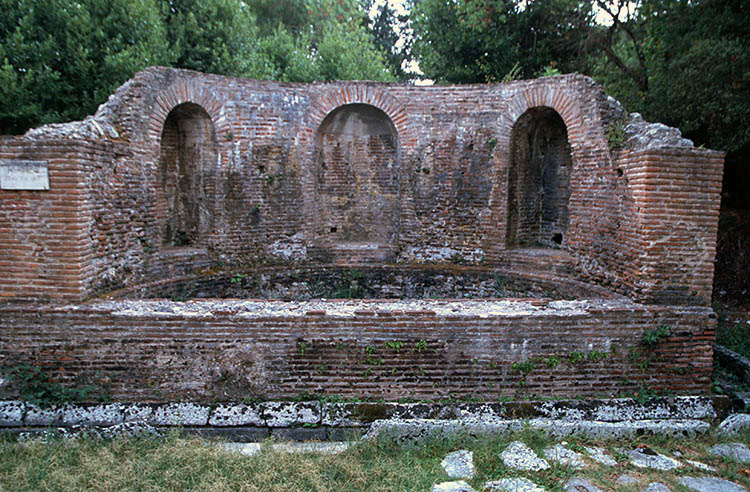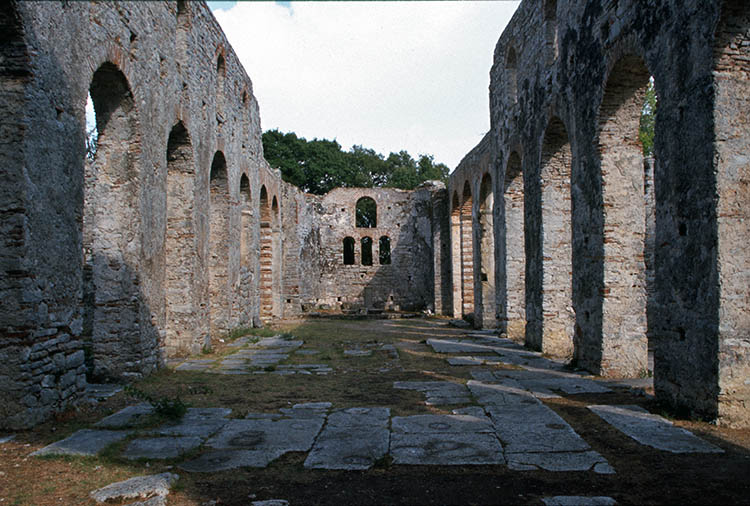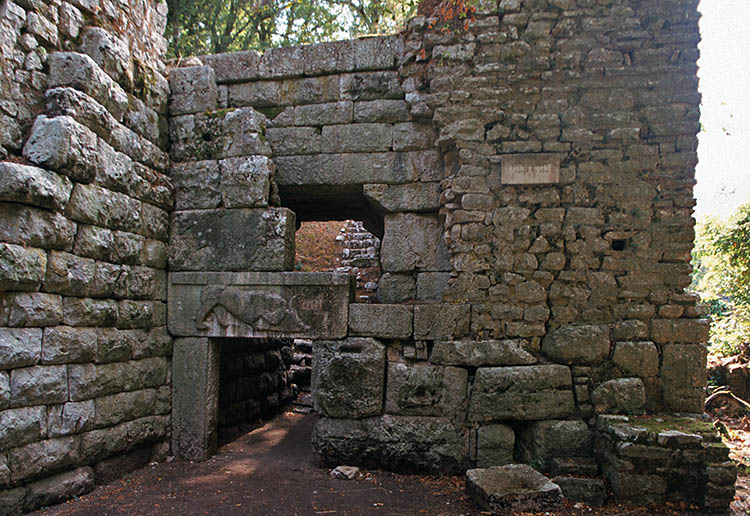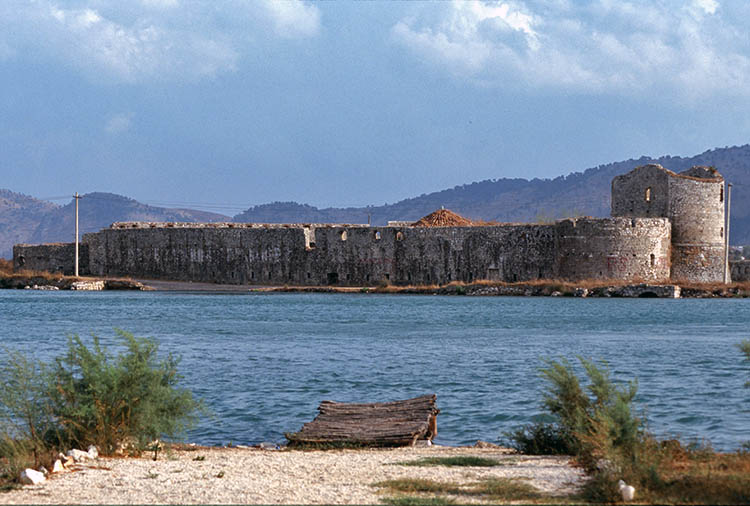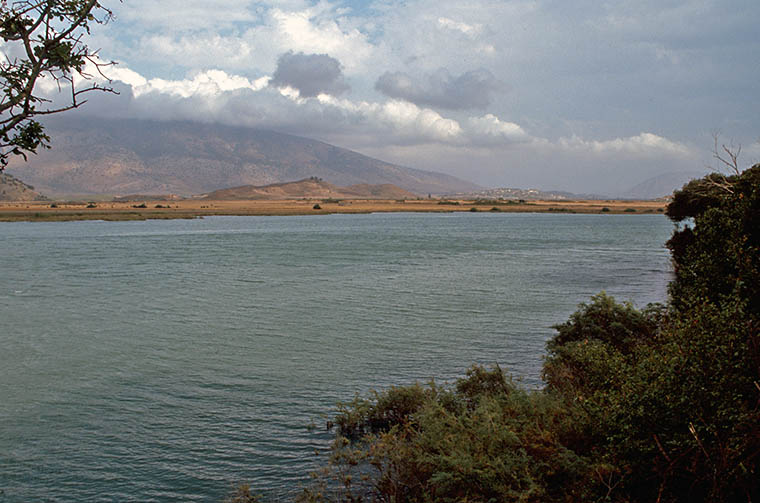
I primi scavi archeologici cominciarono comunque nel 1928 quando il governo italiano mandò una spedizione verso Butrinto, condotta da Luigi Maria Ugolini, che lavorò ottimamente fino alla sua morte nel 1936, ma gli scavi continuarono fino al 1943, fermati dalla II guerra mondiale. Vennero riportate alla luce la città romana e la città greca, comprese la porta dei Leoni e le porte Scee, chiamate così da Ugolini in ricordo delle famose porte di Troia nominate nell’Iliade.
I resti archeologici di Butrinto fanno parte del terreno boscoso naturale con un ecosistema complesso, dipendente dai vicini Lago di Butrinto e Canale di Vivari, quest’ultimo drenante il primo dentro il Mar Ionio.
Il Parco archeologico è anche importantissimo per la conservazione della biodiversità poiché comprende 14 specie animali e 16 vegetali in pericolo di estinzione. La zona umida è modellata da una laguna di 1600 ettari conosciuta come Lago di Butrinto, circondata da monti boscosi, acqua dolce e paludi salmastre ed è collegata allo stretto di Corfù dal Canale di Vivari. Il “Lago” è profondo in media 14 m (per un massimo di 22 m), mentre il canale naturale di Vivari raggiunge la larghezza di 100 m. quest’ultimo drenante il lago dentro il Mar Ionio.
However, the first archaeological excavations began in 1928 when the Italian government sent an expedition to Butrint, led by Luigi Maria Ugolini, who worked very well until his death in 1936, but the excavations continued until 1943, stopped by World War II. The Roman city and the Greek city were unearthed, including the gate of the Lions and the Scee gates, named by Ugolini in memory of the famous gates of Troy mentioned in the Iliad.
The archaeological remains of Butrint are part of the natural woodland with a complex ecosystem, dependent on the nearby Lake Butrint and the Vivari Channel, the latter draining the former into the Ionian Sea.
When you enter the site, the path leads to the right, to the Greek theater of Butrint, isolated in the forest under the acropolis. It is one of the best preserved ancient theaters in Albania, with 19 levels of seating. It was built for the first time in the second half of the 3rd century BC; Also in use during the Roman period, the theater could accommodate about 2500 people.



